Top speed 200 km/h Wingspan 12 m Cruise speed 171 km/h First flight May 27, 1936 | Range 710 km Length 10 m | |
 | ||
Matchbox 1 72 fairey seafox a repaint project
The Fairey Seafox was a 1930s British reconnaissance floatplane designed and built by Fairey for the Fleet Air Arm. It was designed to be catapulted from the deck of a light cruiser and served in the Second World War. Of the 66 built, two were finished as landplanes.
Contents
- Matchbox 1 72 fairey seafox a repaint project
- Minecraft fairey seafox swordfish tutorial
- Design and development
- Operational history
- Operators
- Specification
- References

Minecraft fairey seafox swordfish tutorial
Design and development
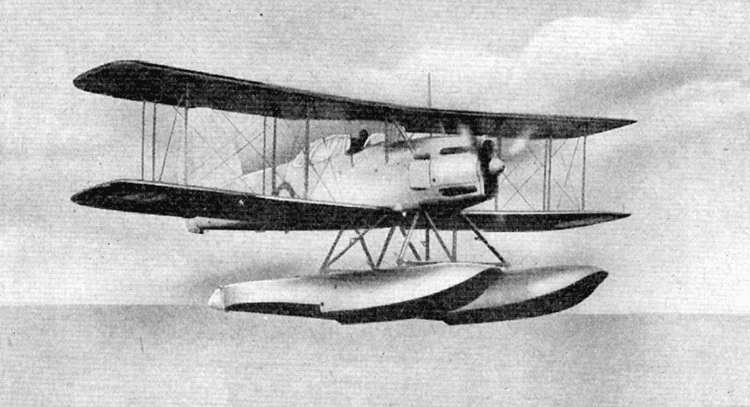
The Fairey Seafox was built to satisfy Air Ministry Specification S.11/32. The first of two prototypes appeared in 1936, first flying on 27 May 1936, and the first of the 64 production aircraft were delivered in 1937. The flights were organised as 700 Naval Air Squadron of the Fleet Air Arm.
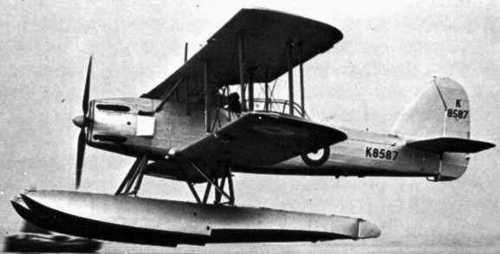
The fuselage was of all-metal monocoque construction, the wings being covered with metal on the leading edge, otherwise fabric. It was powered by a 16-cylinder 395 hp (295 kW) air-cooled Napier Rapier H engine. It cruised at 106 mph (171 km/h), had a range of 440 mi (710 km).
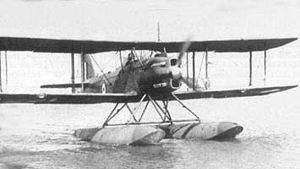
Although the Seafox handled well, it was criticized for being underpowered, engine cooling was poor and landing speeds were higher than desired.
Operational history
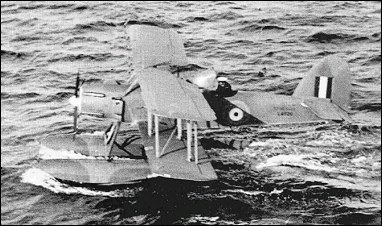
In 1939, a Seafox played a part in the Battle of the River Plate against the German pocket battleship Admiral Graf Spee, by spotting for the naval gunners. This ended with Graf Spee's scuttling and destruction.
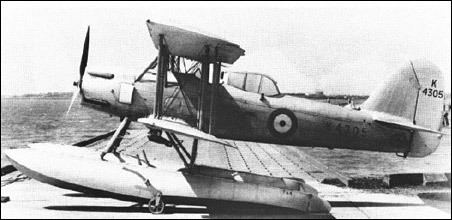
Seafoxes operated during the early part of the war from the cruisers HMS Emerald, Neptune, Orion, Ajax, Arethusa and Penelope and the armed merchant cruisers HMS Pretoria Castle, Asturias and Alcantara. They remained in service until 1943.
Operators
Specification
Data from Fairey Aircraft since 1915
General characteristics
Performance
Armament
